Actions speak louder than words – both in real life and in the world of consumer data. That’s the prevailing wisdom, anyway. But, while point-of-sale (POS) data is the ultimate measure of consumer demand, it does not always reflect the complex picture of a shopper’s full wants. It is only by layering multiple data and insights to build up a 3D customer picture that you can predict where their sentiments are heading, what they may buy next, or even what they would buy now, if the alternative was presented.
When actions and values seem mismatched
It can be argued that a consumer’s behavior is a lagging indicator when it comes to understanding their driving principles. Consider the data privacy issue. According to GfK Consumer Life panel, 54% of those who say they are concerned about data privacy nevertheless actively share their photos or videos online, and 50% own a smart speaker or digital assistant – despite publicity over the potential for these to eavesdrop on private conversations within the home.
This apparently contradictory behavior does not mean that their concerns are not deeply held; it purely illustrates the complex balancing act that people face on a daily basis in modern life. They are attracted by the product, service or experience offered and want to engage – but are, at the same time, aware of, and troubled by, certain associated elements.
Here’s another example. Data from GfK Consumer Insights Engine (CIE) reveals that in Europe, 62% of respondents say that the energy efficiency rating of a home appliance is the most important factor when making their final decision on which washing machine to buy. At the same time, data from GfK Market Intelligence Sales Tracking reveals that demand for larger-capacity washers which naturally use more energy per wash than smaller models has grown 16% year-on-year.
Again, this apparent disconnect between a stated value (desire to be more energy efficient) and actual behavior (buying bigger capacity models) indicates the complex customer situation that is occurring. The purchase decision is influenced by far more than just one or two factors; it is a boiling pot of several requirements – some of which are in direct conflict. In this example, the growing trend for a richer user experience (such as the extra product functions offered with larger capacity machines, and the flexibility to cope with surges in washing loads) tops out over the urge for absolute energy efficiency.
Purpose-driven brands
While differences between stated beliefs and actual behaviors emerge across all categories, they are particularly noticeable when it comes to sustainable or purpose-driven brands.
Across the globe, we are seeing increasing importance placed by consumers on protecting the environment. 72% of people agree that buying sustainable products shows others ‘who I am and what I believe in’, while 46% say they feel guilty if they do something that is not environmentally friendly.
Given these stated beliefs, the numbers currently taking direct action are lower than might be expected. In Europe, one-third of households say that they have stopped buying a certain product or service because of its impact on the environment or society. A similar number actively avoid buying products that are wrapped in plastic if there is an alternative.
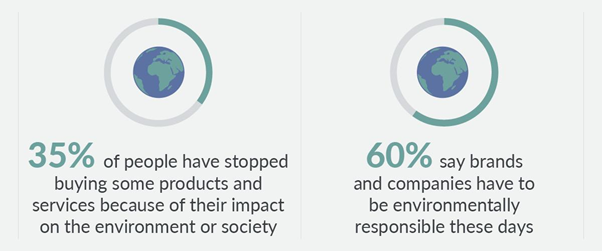
In this area, more than ever, consumers are facing the conflict of having to make choices between their desire to be more sustainable, and practical issues such as the cost of green alternatives or the overarching need for convenience (e.g. using a car rather than public transport).
Making sense of diverging views: building a picture of 3D customers
Marketing segmentations often focus on just one or two aspects of what is driving a certain set of consumers. But, as we’ve seen, individuals are much more complex and multi-faceted than that: they do not think and act one-dimensionally. When it comes to choosing a brand of washing powder, for example, they could be simultaneously a parent, a busy professional, and an aspiring eco-activist, and the question is which of these facets is at the fore at different points in their decision process.
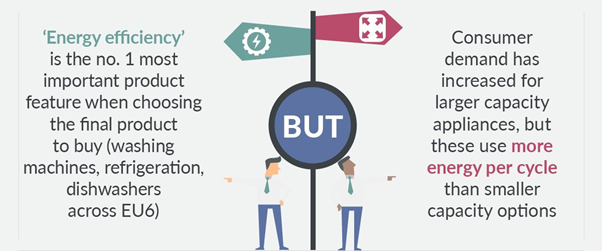
To build a successful relationship, marketers first need to understand that the dynamic between their brand and the consumer is neither linear nor static, so their approach must reflect this. They must bring together a picture of their consumers’ complete set of dimensions, and understand how the balance between these shifts in different scenarios and at different points along their purchase journey. In short, they must see their customers in three dimensions (3D customers).
This means combining insights that tell us what people are doing (quantitative and sales data), why they are doing it (qualitative and attitudinal data), and identifying all the major influences that also impact people’s purchasing decisions (personal values, income, life stage, lifestyle, and more). With this 3D customer picture, marketers have a true-to-life foundation on which to plan better marketing strategies and programs.
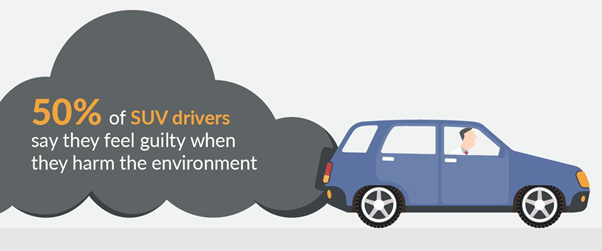
Helping brands navigate the unpredictable
Unpredictable, reactive behavior is not a new phenomenon, but the last year has brought it to the forefront. The increased complexity as the world steadies itself within the context of how we live with Covid-19 is likely to impact consumers and how they behave for months to come, if not much longer.
In this landscape, it is more important than ever to have a multi-faceted understanding of your consumers, so you can predict more accurately how they will react, and which of their drivers will carry greatest weight in a given situation.
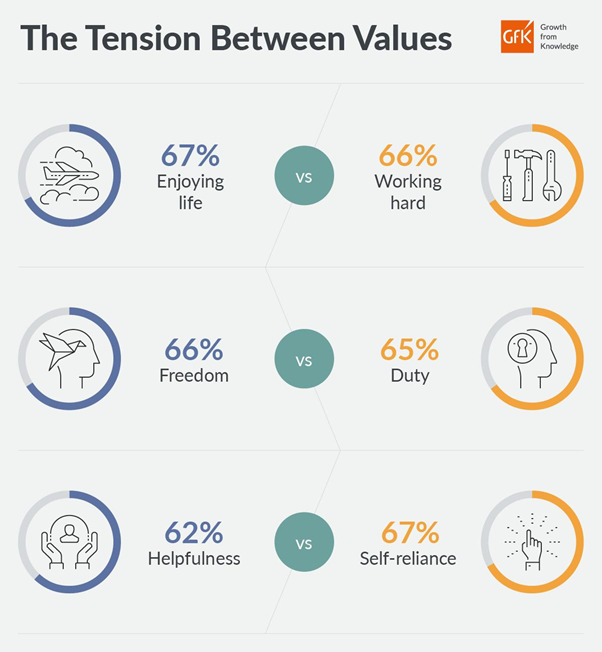 Data from GfK’s Consumer Life panel, which has tracked people’s values, opinions and aspirations for more than 20 years, shows the complexity of values held by the global population
Data from GfK’s Consumer Life panel, which has tracked people’s values, opinions and aspirations for more than 20 years, shows the complexity of values held by the global population
We can never fully predict human behavior. But, by layering a range of insight on values, attitudes, behaviors and beliefs, we get closer to seeing a full, 3D customer picture and what they need from us – helping brands navigate the unpredictable, spot trends and anticipate behavior shifts.
Get into the minds of your target consumers

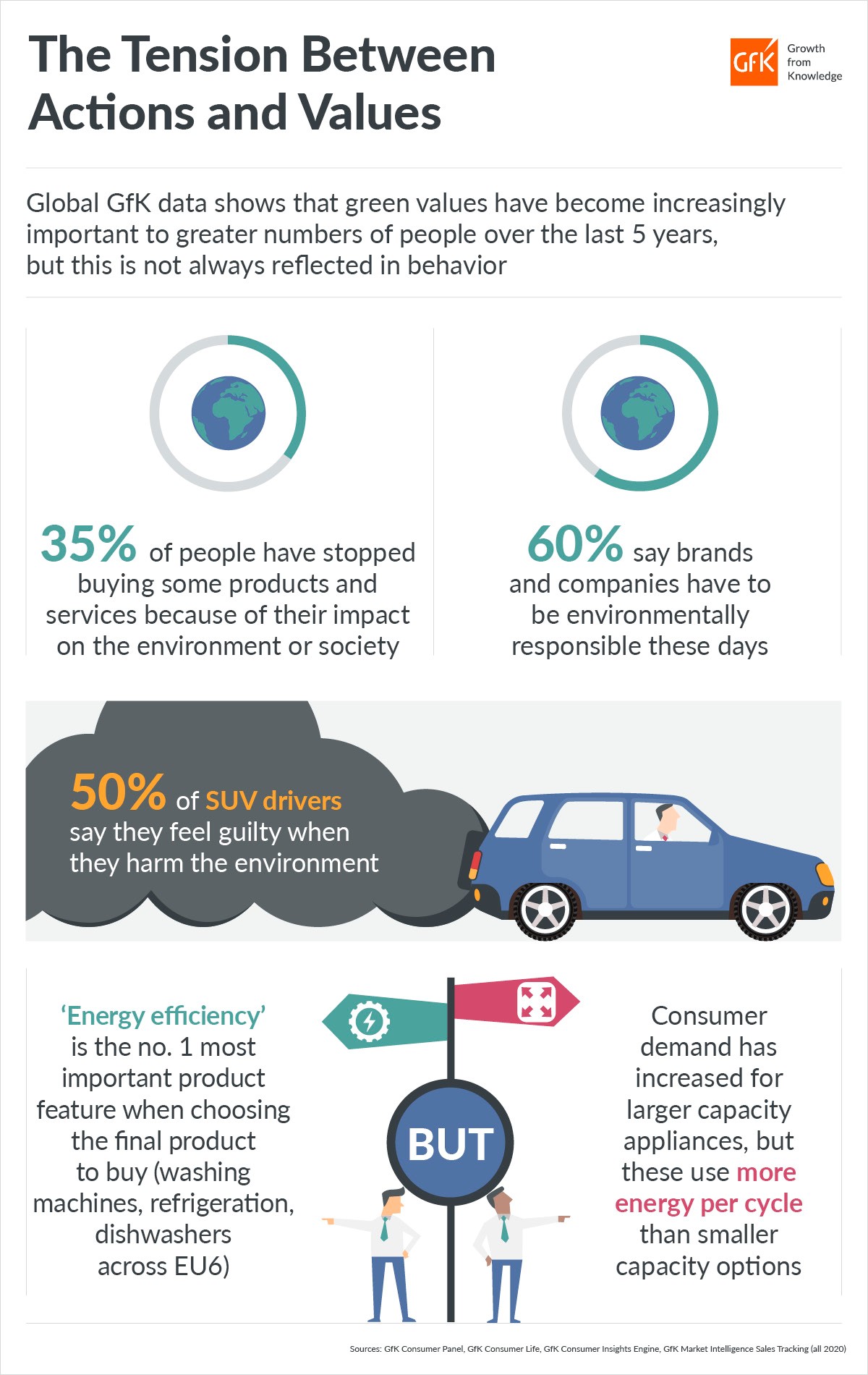



 Data from GfK’s Consumer Life panel, which has tracked people’s values, opinions and aspirations for more than 20 years, shows the complexity of values held by the global population
Data from GfK’s Consumer Life panel, which has tracked people’s values, opinions and aspirations for more than 20 years, shows the complexity of values held by the global population
